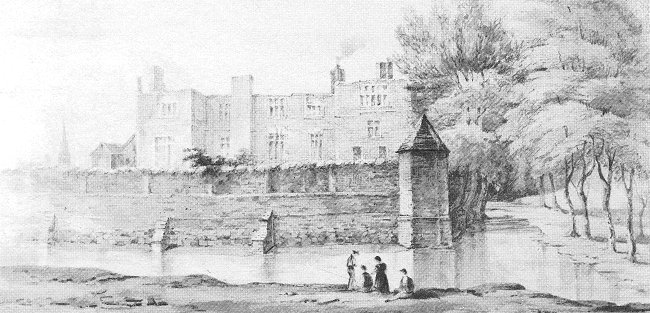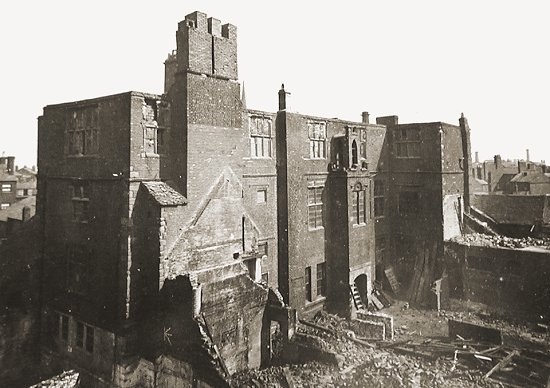|
The
growth of Japanning
Corrosion-proof, and heat resistant
household items made of metal became a practicality in
the late 17th century with the invention of the rolling
mill to produce thin sheet iron, and the development of
rust-proof coatings. The first of these, tin plating,
was originally developed in Germany, from where tin
plate was exported to the United Kingdom, until the War
of the Austrian Succession in 1738, after which it was
manufactured here.
The second invention, japanning,
consisted of the application of a varnish, which when
heated provided an extremely tough and durable black
finish. All kinds of items in every day use were
produced using these processes, including candlesticks,
coal boxes, coal scuttles, trays, coffee pots, and tea
pots. When the varnish was heated, after application, it
provided an ideal surface for decoration.
Japanning began in Pontypool in the
late 17th century when Thomas Allgood developed his
corrosion resistant oil varnish, made from linseed oil,
burnt umber, and the coal by-product, asphaltum. Items
varnished in this way became known as Pontypool ware. |

An example of decorated japanware,
a papier mache collection plate. Courtesy of Lawson
Cartwright, |
Japanned goods were being produced
in Bilston as early as 1719 by Joseph Allen and Samuel
Stone, and also in Birmingham, where in 1740 a japanning
works was set up to produce trays. The rich decoration
that appeared on many locally japanned items must have
owed a lot to the Bilston enamelling industry, and its
highly skilled enamellers.
Around the middle of the 18th
century, japanned goods were being produced in
Wolverhampton, which had an abundance of skilled metal
workers. It soon became an important manufacturing
centre for the industry.
Sketchley & Adams’ Directory of
Wolverhampton for 1770 lists 8 japanners. Pigot &
Company’s Directory of 1842 lists 16, including some
notable manufacturers such as Henry Fearncombe, Edward
Perry, Loveridge & Shoolbred, and Benjamin Walton at
the Old Hall, which became the cradle of the local industry. |

A drawing of the Old Hall and moat. From a 1907 edition of the
Wolverhampton Journal.
| The Old Hall was originally a manor house with a
moat, which belonged to the wealthy Leveson family, who
made a fortune from the wool trade, and owned much of
the land, both in Wolverhampton and the surrounding
area.
After the Levesons had departed, the hall came into
the possession of the Turton family, who owned, and
occupied the building for many years. As a result it was
often called ‘Turton’s Hall’. |

The Old Hall during demolition in
1883. From the collection at Bantock House. |
|
After being empty for some time, it
was rented on a long lease to William and Obediah Ryton,
who were tin plate workers, manufacturing Pontypool
ware. They lived in part of the building, and converted
what remained into workshops. Their business became
extremely successful, and for a while the local
japanning industry was centred on the Old Hall. One
famous apprentice there was Edward Bird, R.A. who became
a well known artist, whose paintings sold for large sums
of money.
After Obediah Ryton’s death, his
brother William continued in business at the Old Hall
with a new partner, Benjamin Walton. They specialised in
new forms of decoration, and paper tea trays, which were
sought after by the wealthy, and sold from £5 to £10
each.
Another successful local japanner who started his career
at the Old Hall was Edward Perry. He built-up a large
business at Jeddo Works in Paul Street, where much of
what follows took place. |
 |
|
 |
Return to
the beginning |
|
Proceed to
unrest and the strike |
|